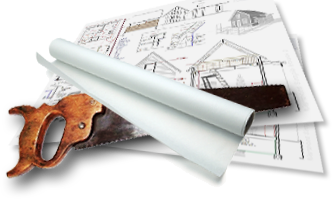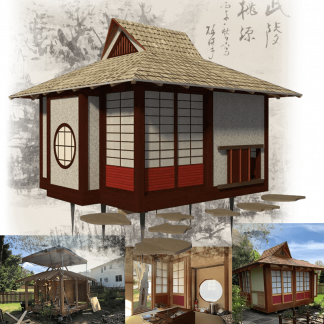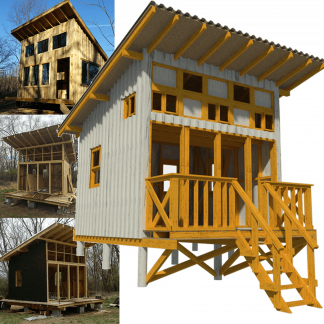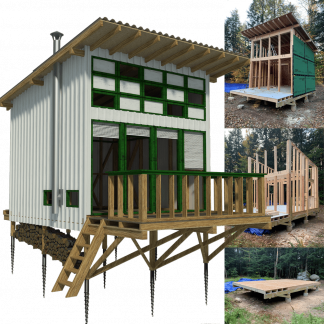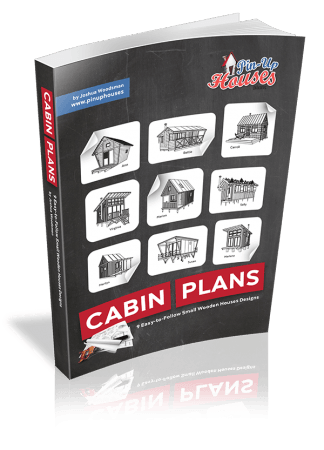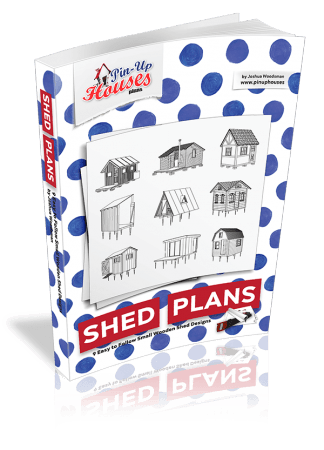
It becomes important to address upkeep as a year-round routine and not just once something breaks. Whether it’s siding, heating, or seasonal yard cleanup, spacing out your to-do list makes it easier to manage. Living in Longmont, CO, means experiencing every type of weather throughout the year. From dry summers to icy winters, these seasonal changes can wear down the exterior of any structure. Many locals prefer hiring skilled teams for big jobs, especially when it comes to the building’s outside features like walls and roofing.
Here are some simple, seasonal tasks that can help you stay ahead of wear and tear:
Spring Cleaning and Structural Checks
Once winter ends, take a walk around your building and check for visible signs of wear. Start by clearing out any leftover leaves and debris from drains. Look for cracked paint, loose trim, and worn seals near windows and doors. Inspect your driveway for small surface cracks, which are easier to fix now than later. Peek into your attic to look for signs of moisture or pests. Clean the inside and outside of windows for better airflow and visibility. Sweep porches and clear walkways so spring pollen and dirt don’t get tracked inside. A fresh start in spring helps catch minor problems early before the warmer months create more stress on the structure.
Exterior Upgrades and Siding Replacement Options
Spring and early summer are ideal for fixing worn exterior panels or starting bigger upgrades. In Longmont, hail, sun, and wind make siding wear out faster than in other regions. If yours looks warped, cracked, or faded, it’s likely time for a full update. A trusted Longmont siding contractor can offer modern materials designed to stand up to local weather, like vinyl and fiber cement, both engineered for durability. Their offerings include moisture barriers, long-lasting finishes, and energy-efficient layers. You also get support with styling, from wood-grain textures to bold colors. They’ll handle the prep, tear-off, and cleanup, so you don’t need to juggle different crews. This process protects your walls and boosts long-term energy savings.
HVAC Maintenance Before Summer
Don’t wait for the first 90-degree day to test your air conditioning. Early spring is a smart time to prep your heating and cooling setup. Swap in a clean filter to improve airflow and reduce strain on the unit. Schedule a system check-up to spot loose parts or hidden wear. Make sure vents are open and nothing blocks airflow inside each room. A programmable thermostat can help manage energy use during the day. If your cooling unit is older, talk to a technician about how it’s holding up. Catching issues before summer heat kicks in can save money and prevent a mid-season emergency call when everyone else is also needing service.
Roof and Gutter Inspections
As summer approaches, inspect the top of your building for signs of damage. Look for cracked or missing shingles, loose flashing, and spots that appear sunken or soft. Check that all runoff channels and downspouts are clear and secure. Standing water can point to clogging or sagging. Hail from spring storms may leave dents or small punctures. It’s safer to use binoculars or call for an inspection if you’re unsure about climbing up yourself. Pay close attention to areas around vents or chimneys, which often wear out sooner. Keeping this part of your building in good shape helps prevent leaks and mold from sneaking in when summer rain starts.
Deck and Patio Upkeep
Warmer weather invites more use of your patio, deck, or porch, making it the perfect time for cleanup and checks. Start by sweeping away dirt, then wash surfaces with a hose or low-pressure washer. Look for loose railings, popped nails, or cracked boards. If you spot mold or stains, scrub the area and let it dry fully before sealing. For tile or stone patios, inspect for shifting, chipping, or weeds between joints. Rearrange your furniture and wipe everything down to stop buildup. If the paint or stain has faded, apply a fresh coat that suits the material. Keeping these spaces tidy now means you’ll enjoy them more all summer long.
Yard Irrigation and Drainage Checks
In early summer, focus on how your lawn and garden areas handle water. Test your irrigation setup by running each zone for a few minutes. Check for leaky lines, broken heads, or uneven spray patterns. Walk through the area to spot pooling water or dry spots. Adjust timers to avoid overwatering, which leads to fungus and high water bills. If water collects too close to the base of your building, consider adding a downspout extender or soil grading. Even small changes can redirect flow and keep water away from critical areas. Simple fixes now can prevent moisture-related issues during peak watering months and keep your green areas healthier through the season.
Pest Prevention in Late Summer
Late summer is a peak time for insects and rodents to seek entry. Begin by sealing gaps around windows, vents, and baseboards. Look near garages and basements, which are common areas where pests sneak in. Clear away debris and trim plants that touch the structure’s sides. Store woodpiles and trash bins a few feet away from the walls. Inside, check pantries and cabinets for signs of droppings or nesting. If you find evidence of pests, don’t wait. Call a pest control company or try safe, non-toxic traps. Staying proactive in August and September keeps your space safer and reduces the chance of dealing with infestations during colder months.
Year-round upkeep doesn’t have to feel overwhelming. Breaking tasks into seasonal goals makes them easier to manage. In regions where each season brings different stressors, routine checks and smart planning go a long way. From spring inspections to winter prep, small tasks can prevent bigger problems. Whether it’s swapping filters, clearing snow, or updating worn siding, consistency matters more than perfection. If you have limited time, start with one item each weekend or hire support for bigger tasks. Taking action at the right time keeps your living space safer, more comfortable, and ready for whatever the weather brings.

